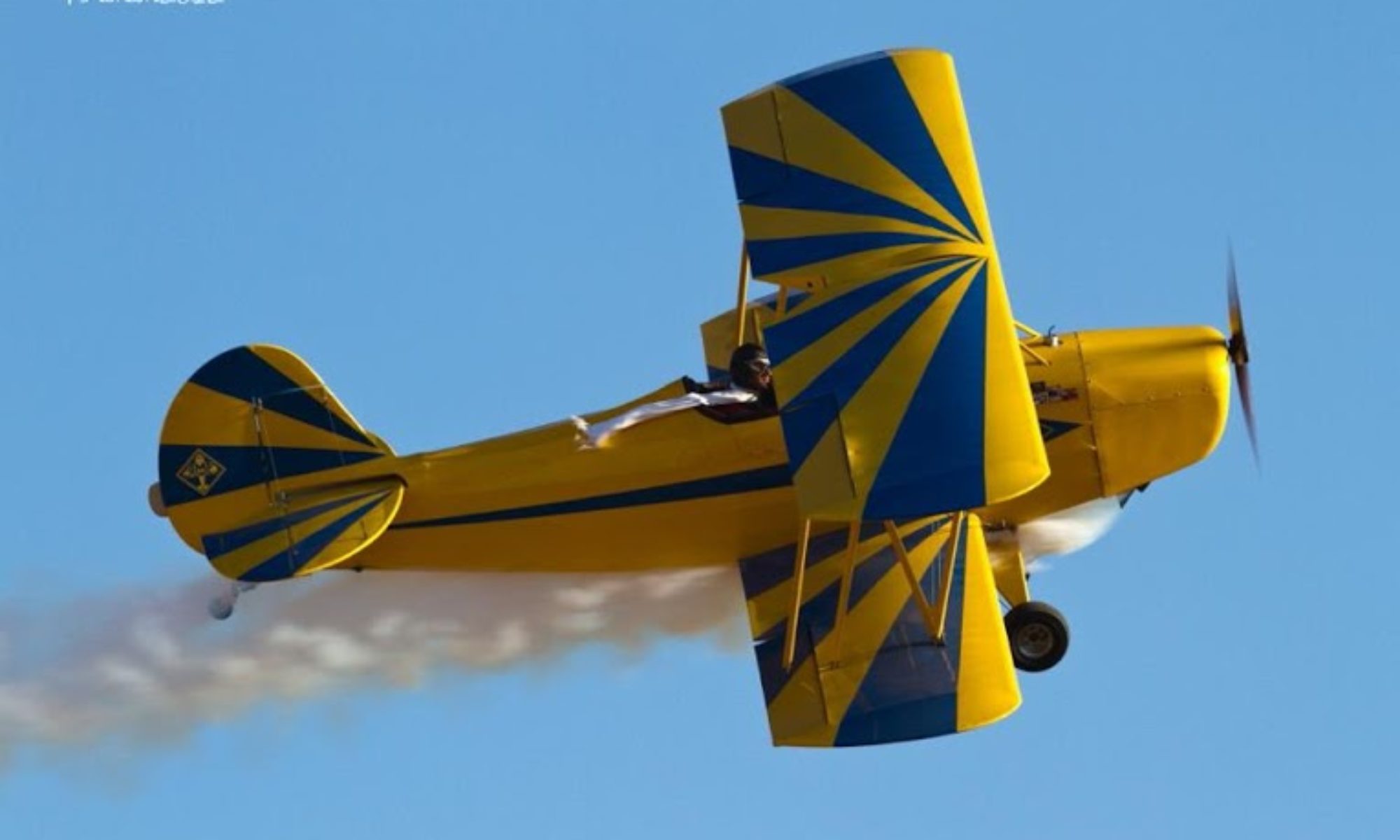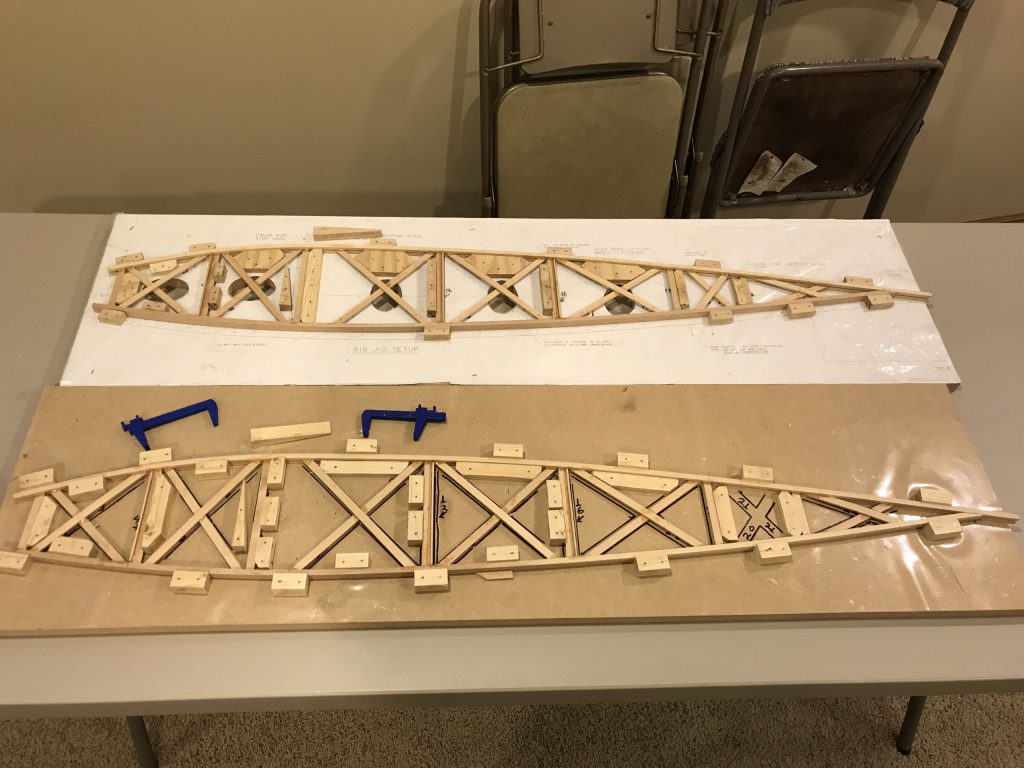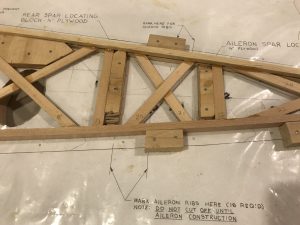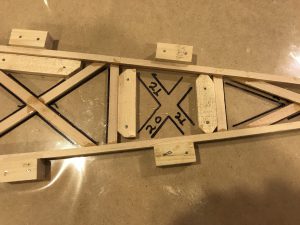It’s a little early for this debate, but given the long lead times for ordering wood… not too early. I could possibly be done building the wing ribs in a month or two, if I get on it with a purpose. If I’m going to need a bunch of spruce, I probably need to get the order in now. So the question becomes — what next?
- I could build the wings. It looks like the wood for the spars will cost me around $8-900, plus substantial shipping. I’d also need to extend my workbench by at least 4 feet, so that’s another project in itself. But I’d have wings, man, which would look bitchin’ cool hanging in the garage or hangar.
- I could start on the fuselage. It’s a big piece that would be a huge leap forward. I haven’t calculated the wood cost yet, but it’s a significant amount of birch ply and spruce. Again, I’d have to build another workbench to extend what I have by 8 feet or so (and rearrange the garage).
- I could start on the tail feathers. I could do all the work on my existing workbench. After looking at the parts list, most of the wood specified is pine; I’d need some aircraft ply as well. The elevator & stab. spars are specified as spruce, but I could source suitable quality Douglas fir locally and substitute that. I’ve seen boards at Menard’s with growth rings and grain slope that meet specs, with enough defect-free wood to be usable. That means all I would need to ship from Aircraft Spruce or Wick’s would be a couple sheets of plywood. Plus, building the tail would give me some valuable experience with large/long glue-ups that I’ll need to do for the wing spars, and if I screw it up it’s relatively cheap pine instead of very expensive spruce.
So… tail feathers it is. Now I just need to consult the plans and see what size sheets of plywood I will need to order.




